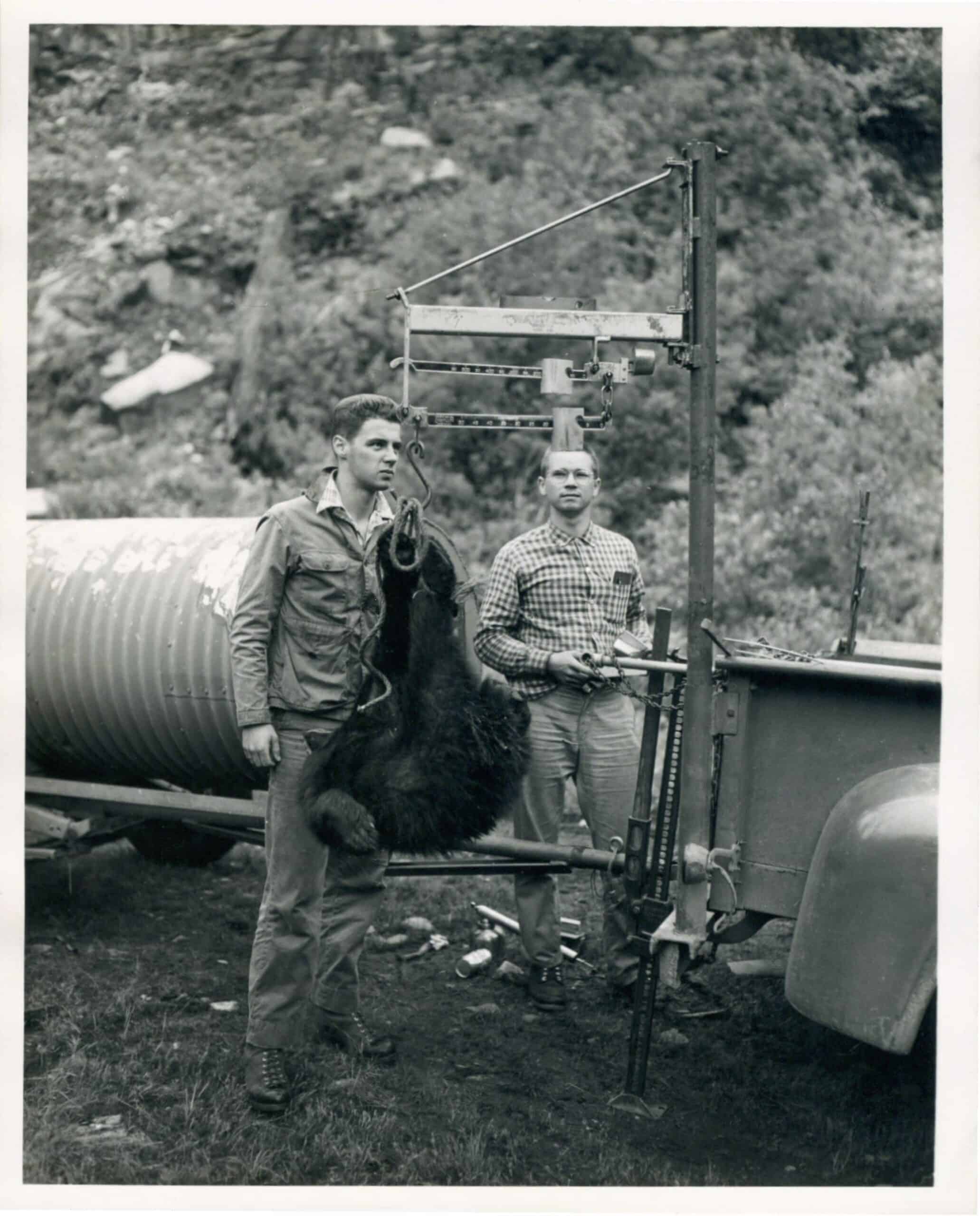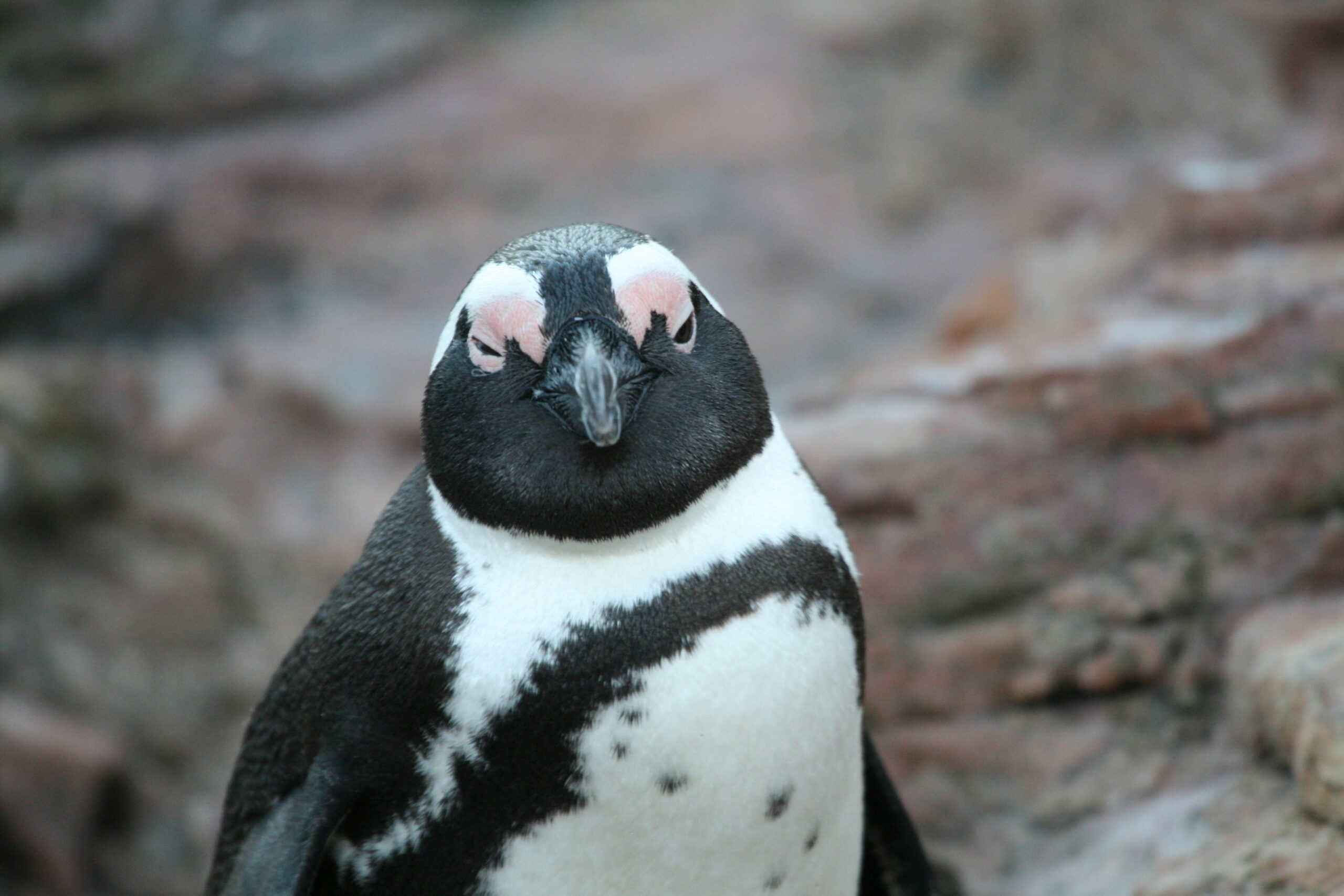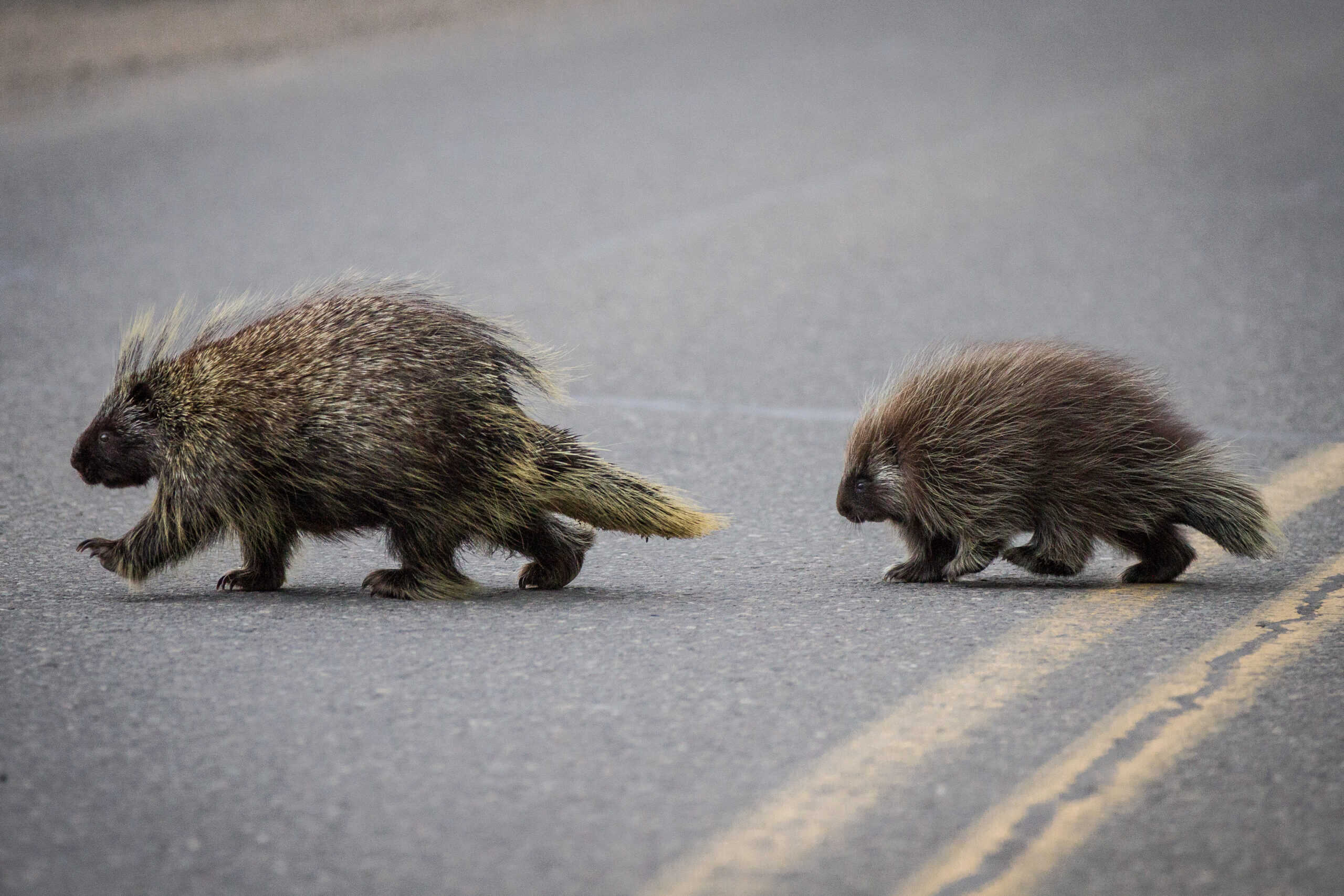Share this article
Rare cuckoo bee’s known range expands in Canada
Like the cuckoo bird, the rare macropis cuckoo bee (Epeoloides pilosulus) sneaks its eggs into the nests of another species and lets the unwitting host raise its young. While news about bees tends to revolve around colony collapse disorder, the threat of pesticides and massive declines, there’s hope for this bee, which, with a newly confirmed record, ranges wider than documented before.
“Found not far from Edmonton, that record was a new record for Canada, the first record for Alberta and the furthest into the northwest of North America that species has been found,” said Cory Sheffield, lead author on the paper published in Biodiversity Data Journal. “It increased the known range of that species in Canada and globally.”
A curator of invertebrate zoology with the Royal Saskatchewan Museum in Regina, Sheffield verified the specimen collected by University of Guelph biologists in 2010 within Alberta’s Elk Island National Park and then listed in the Barcode of Life DNA database was a macropis cuckoo bee. He compared its DNA to the barcode, or reference genetic sequence, obtained from a cuckoo bee he’d discovered in the wilderness of Nova Scotia in 2004 — when the species had been believed to be extinct — and it was a match.
“It was a specimen of this bee that hadn’t been seen for a while,” he said. “It was further evidence that the species was still alive, that this species does exist in Canada in low numbers.”
The cuckoo bee parasitizes macropis bees (Macropis spp.), Sheffield said, which feed on oils from the little yellow flowers of marsh forbs called swamp candles (Lysimachia spp.).
“This macropis cuckoo bee is exceptionally rare because its host is uncommon in Canada,” he said. “This is one of the most tenuous existences in plant-pollinator relationships in North America. Because the cuckoo bee is dependent on the host, which is dependent on these plants, the population of plants has to be high enough to support a good population of host bees required to host cuckoos.”
The development of wetter areas inhabited by swamp candles and the destruction of the macropis bee is the main threat facing the cuckoo bee, Sheffield said, which “has become so specialized that if that plant species is lost, that local bee population can become extirpated. Cuckoo bees’ specific relationships with their hosts can put them at risk if those populations decline.”
The macropis cuckoo bee also lives in pockets of the northern United States and was reported in Ontario in the 1970s,. The study will inform the next evaluation of the species in 2021 by the Committee on the Status of Endangered Wildlife in Canada, he said, which deemed it endangered in 2011.
“We published the dataset to all specimens of that bee ever recorded from Canada,” Sheffield said. “That gives people working for NatureServe or local conservation data centers data to do analysis within their region freely.”
He’s now keeping an eye out for the bee through surveys in Saskatchewan.
“Because when a species is thought to be rare, the chances of finding it very small, it might not be on the radar of people monitoring, we’re using this paper as a sign to groups across Canada that they should be looking as well,” Sheffield said. “Parasites perform a normal function within healthy ecosystems. Although cuckoo bees are not pollinators, within bee communities, their presence is indicative of the health of populations.”
Header Image: Scientists discovered this macropis cuckoo bee in Alberta's Elk Island National Park, 2010. ©Ryan Oram








